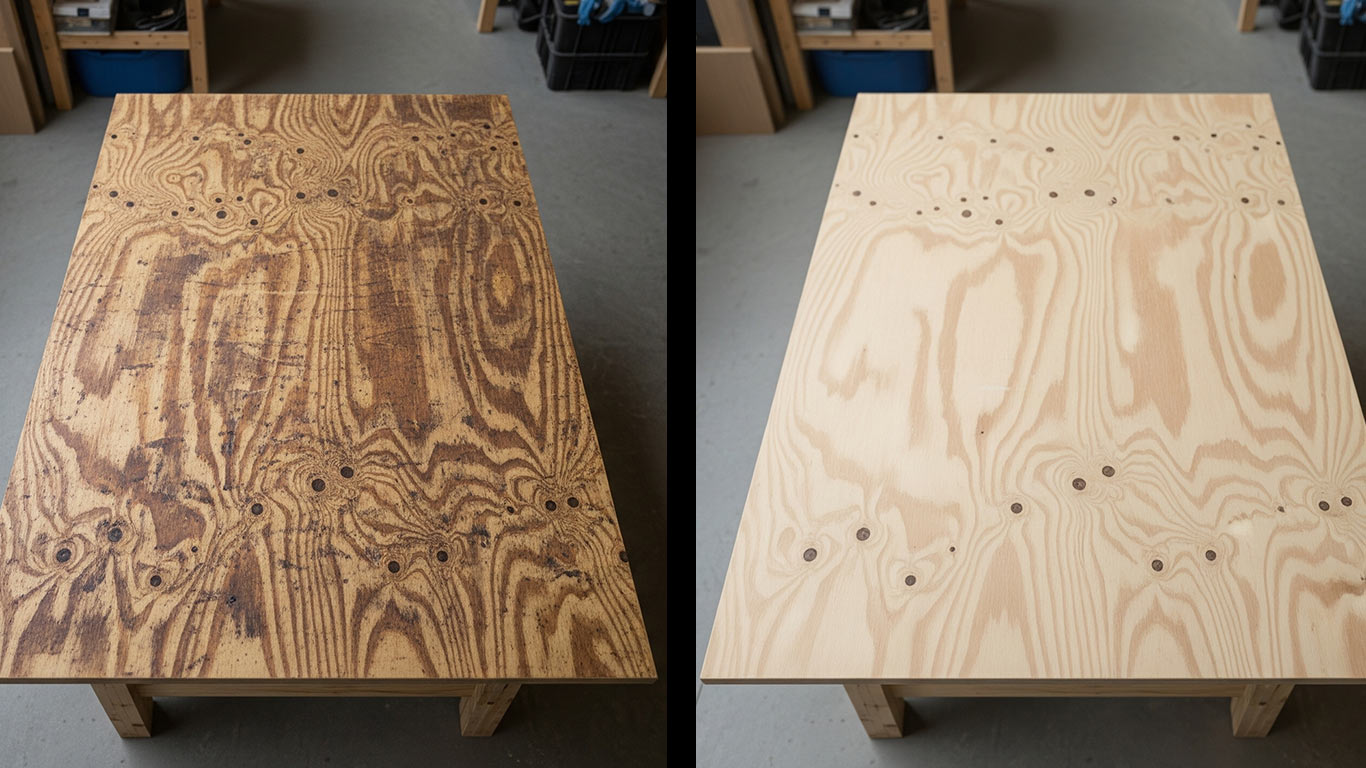
FDA
FDA 21 CFR 1040.10 - Laser Product Performance Standards



When laser cleaning plywood, I've found the best results come from starting with gentle passes to make the most of its layered absorbency, restoring surfaces cleanly without scorching the delicate grains
I've seen the contaminated plywood surface up close at high magnification, where grime clings tightly to the wood fibers. Dirt particles nestle deep into the porous layers, making the texture rough and uneven overall. It looks clogged and dull, hiding the natural grain beneath the buildup.
After laser treatment, the surface appears fresh and open, with fibers standing out clearly without any residue. The texture smooths out nicely, revealing a uniform and vibrant pattern. This treatment brings back the wood's original

FDA 21 CFR 1040.10 - Laser Product Performance Standards

ANSI Z136.1 - Safe Use of Lasers

IEC 60825 - Safety of Laser Products

OSHA 29 CFR 1926.95 - Personal Protective Equipment